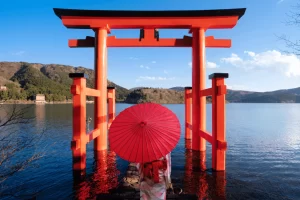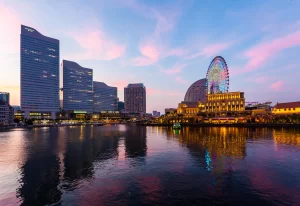How to Get from Tokyo to Tsukiji Fish Market
Ever wondered how to get from Tokyo to Tsukiji Fish Market without the stress of navigating Japan’s busy capital? If you’re planning a trip to Tokyo, chances are Tsukiji Fish Market is high on your list. Known as the city’s culinary heart, Tsukiji is a must-see, whether you’re craving melt-in-your-mouth sushi or want to soak up the buzz of one of the world’s most famous seafood hubs.
But Tokyo is massive, and figuring out how to get from Tokyo to Tsukiji Fish Market can feel a little daunting, especially if it’s your first time here. Don’t worry – I’ve been there, wandering through Tokyo’s labyrinthine train stations with a pocketful of coins and no idea which exit to take! In this guide, I’ll walk you through everything you need to know, step by step, making sure you arrive at Tsukiji ready to explore.
Let’s dive in and make your Tokyo to Tsukiji journey as smooth as freshly sliced sashimi.
Where is Tsukiji Fish Market Located?
Before we jump into the “how,” let’s quickly cover the “where.” Tsukiji Fish Market sits in the Chuo ward of central Tokyo, tucked between the glittering Ginza shopping district and the tranquil Hamarikyu Gardens. While the market’s famous inner auction moved to Toyosu in 2018, the outer market at Tsukiji remains very much alive, packed with local food stalls, sushi counters, kitchenware shops, and enough energy to rival the city’s famous scramble crossings.
The market’s exact address is 4 Chome-13-17 Tsukiji, Chuo City, Tokyo 104-0045, Japan, but don’t worry — you won’t need to memorize that. The outer market is located just a few minutes’ walk from Tsukiji Station on the Tokyo Metro Hibiya Line. It’s also easily accessible from Higashi-Ginza Station on the Toei Asakusa Line.
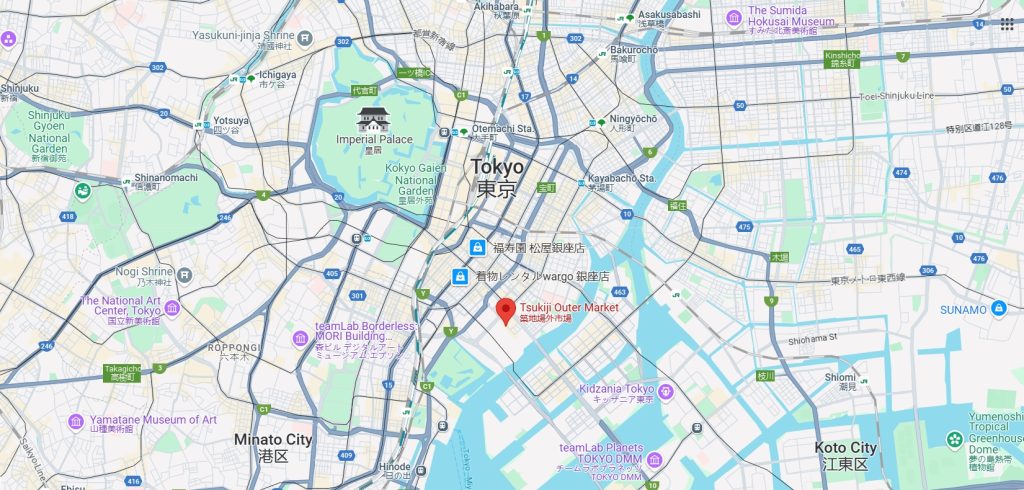
From Tokyo Station, Tsukiji is about 3 kilometers (roughly 2 miles) southeast, making it incredibly convenient for a morning visit. If you’re staying in popular neighborhoods like Shinjuku or Shibuya, Tsukiji is just a quick hop on the subway or train.
To put it into perspective:
- From Ginza: a pleasant 10-15 minute walk.
- From Tokyo Station: about 10 minutes by train.
- From Shinjuku: around 25-30 minutes by train.
No matter where you’re staying, learning how to get from Tokyo to Tsukiji Fish Market is simple once you know the options. And trust me — getting there early to beat the crowds is worth every minute!
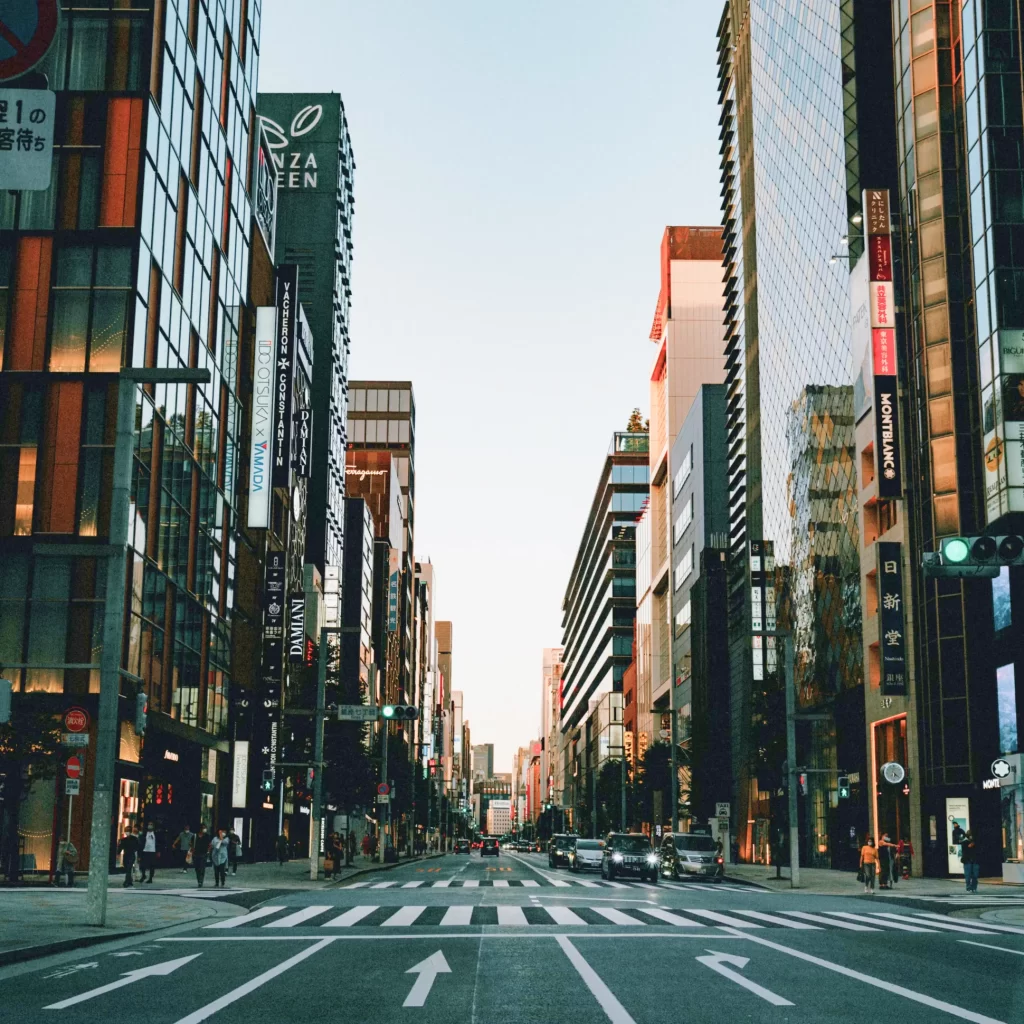
| Category | Details |
| Neighborhood | Tsukiji, Chuo City, Tokyo |
| Exact Address | 4 Chome-13-17 Tsukiji, Chuo City, Tokyo 104-0045, Japan |
| Nearest Metro Station | Tsukiji Station (Tokyo Metro Hibiya Line) – 5-minute walk |
| Alternative Metro Station | Higashi-Ginza Station (Toei Asakusa Line) – 8-minute walk |
| Distance from Tokyo Station | Approximately 3 km (2 miles) southeast |
| From Ginza | 10-15 minute walk |
| From Tokyo Station | About 10 minutes by train |
| From Shinjuku | Around 25-30 minutes by train |
| Nearby Landmarks | Ginza Shopping District, Hamarikyu Gardens |
Best Ways to Get to Tsukiji Fish Market
So, how to get from Tokyo to Tsukiji Fish Market easily and stress-free? You’re in luck. Tokyo’s public transport system is one of the most efficient in the world, with plenty of options whether you’re a rail rookie or a seasoned Tokyo commuter.
A. By Tokyo Metro (The Easiest Option)
The Tokyo Metro is your best bet if you want a straightforward and budget-friendly trip.
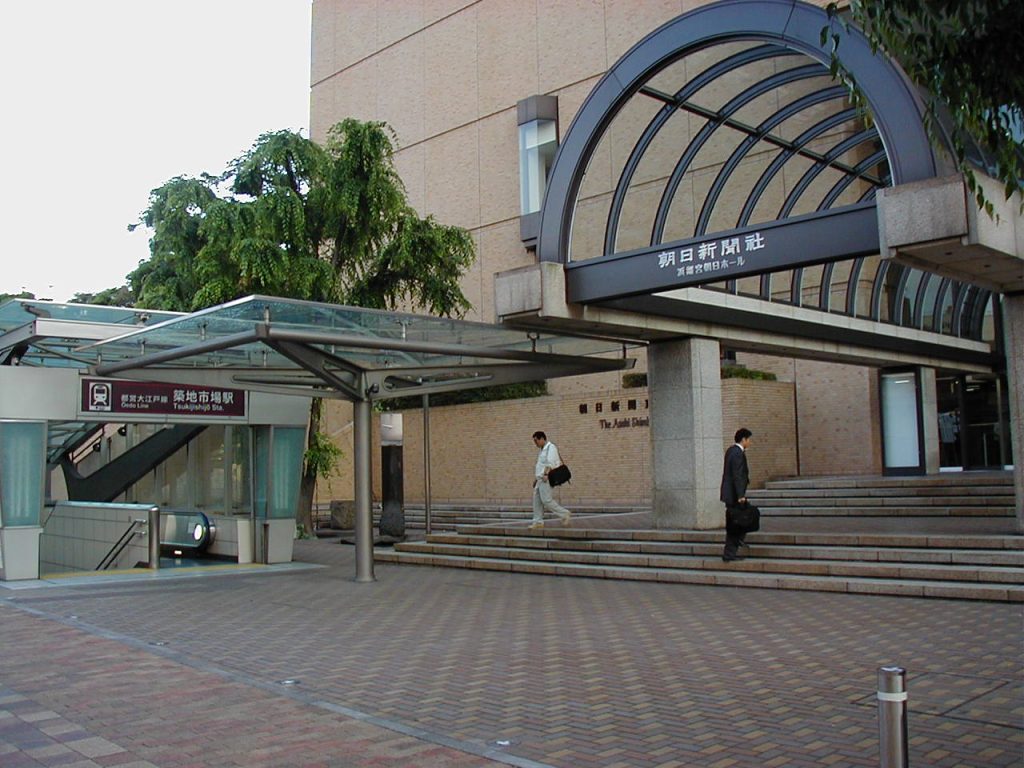
- Nearest Station: Tsukiji Station (Hibiya Line)
- Alternative Station: Higashi-Ginza Station (Asakusa Line)
Here’s how to get from Tokyo to Tsukiji Fish Market via Tokyo Metro from major districts:
- From Tokyo Station Take the JR Yamanote Line to Yurakucho Station (1 stop, about 2 minutes). Then, transfer to the Tokyo Metro Hibiya Line and ride two stops to Tsukiji Station. From there, it’s just a 3-minute walk to the market’s entrance. Total travel time: around 10-15 minutes.
- From Shinjuku Station Hop on the JR Chuo Line Rapid to Kanda Station (about 11 minutes). Switch to the Tokyo Metro Ginza Line to Higashi-Ginza Station or the Hibiya Line to Tsukiji Station. Travel time: around 25-30 minutes.
- From Shibuya Station Take the Tokyo Metro Hibiya Line directly from Naka-Meguro Station (accessible via the Tokyu Toyoko Line) to Tsukiji Station. Travel time: about 25 minutes.
Costs range from ¥170 to ¥220 depending on your starting point – that’s around $1.50 to $2 USD, making this one of the most affordable ways to get around Tokyo.
Travel Blogger Tip: The Hibiya Line is one of the quieter Tokyo Metro lines, especially in the early morning, so you’ll avoid the commuter crush!
B. By JR Train + Metro Transfer
If you’re sticking to the JR Pass or prefer JR lines, you can combine them with the Tokyo Metro for a smooth ride.
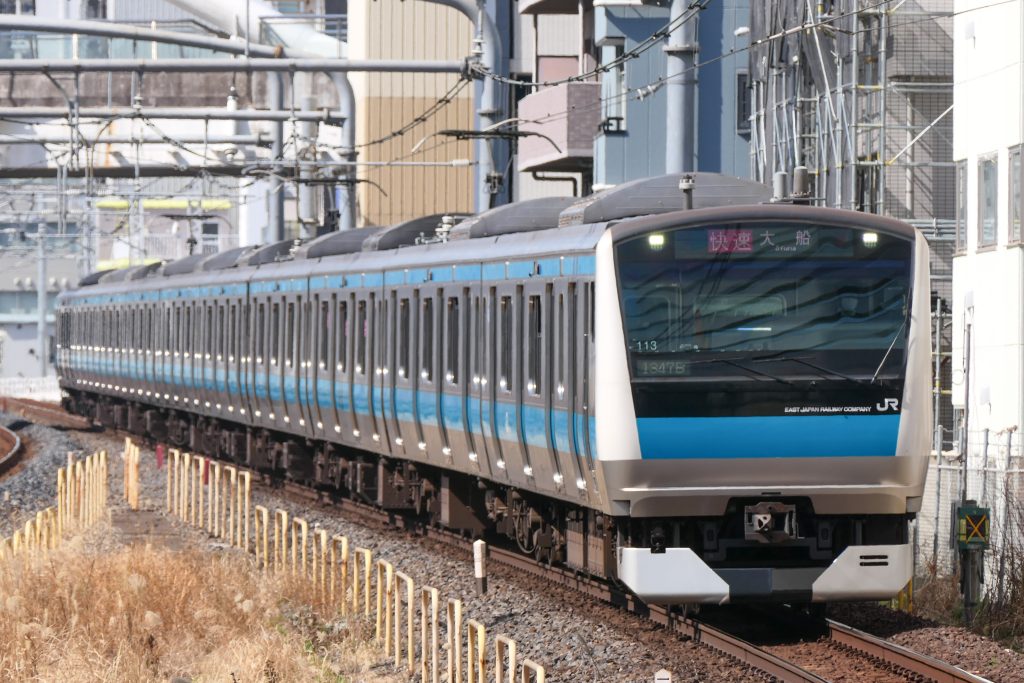
- From Tokyo Station (Using JR Pass) Take the JR Keihin-Tohoku Line or JR Yamanote Line to Yurakucho Station. Then transfer to the Tokyo Metro Hibiya Line to Tsukiji Station. This combo is perfect if you’re maximizing your JR Pass coverage.
- From Ueno or Akihabara Same idea – hop on the JR Yamanote Line southbound to Kanda or Yurakucho, and then transfer to the Hibiya Line. This method is perfect for travelers based in northern Tokyo.
Travel Blogger Tip: Most JR stations have excellent signage in English, but it’s always a good idea to have a navigation app like Google Maps or Hyperdia handy.
C. By Bus
If you’re feeling adventurous, or just want to see Tokyo from a different angle, you can take a Toei city bus.
The 都03 (To-03) Bus runs from Shibuya to Tsukiji and stops right near the market. It’s a longer ride compared to the train but offers a relaxing, local experience. Expect to pay around ¥210 and spend roughly 40-50 minutes depending on traffic.
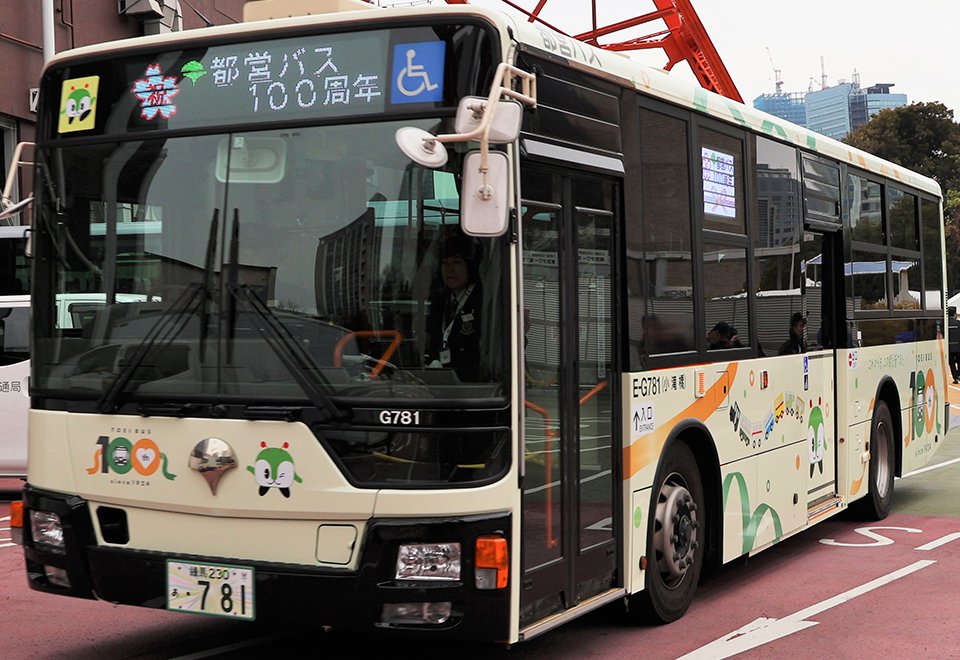
Is this the fastest way to get from Tokyo to Tsukiji Fish Market? Not exactly, but it’s great if you’re not in a rush and want to see Tokyo’s street life.
D. By Taxi
Taxis in Tokyo are famously clean, reliable — and pricey. If you’re in a group or carrying lots of luggage, it might be worth it.
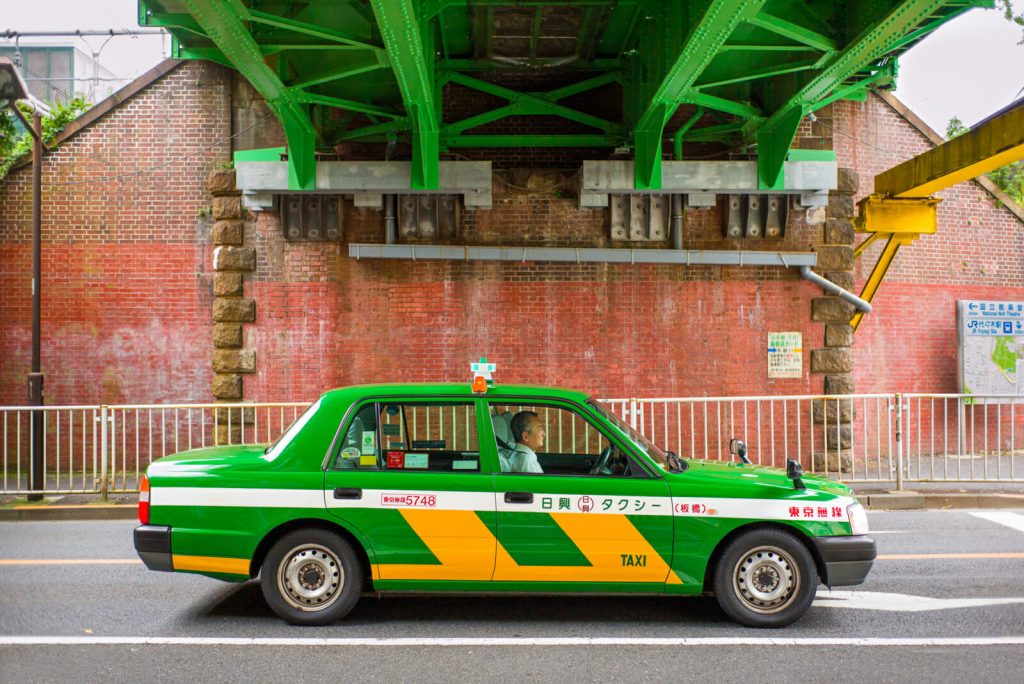
- From Tokyo Station: about ¥1,500-¥2,500 and around 10 minutes.
- From Shinjuku: around ¥3,500-¥4,500 and 25-30 minutes.
Pro tip: Most Tokyo taxis now accept credit cards and IC cards (Suica, Pasmo), so you don’t need to fumble for cash.
E. By Bicycle or On Foot
If you’re staying in Ginza or near Hamarikyu Gardens, why not stretch your legs? Tsukiji is very walkable from many nearby districts.
- From Ginza: about 15 minutes on foot.
- From Hamarikyu Gardens: under 10 minutes.
Tokyo is increasingly bike-friendly too. You can rent a Docomo Bikeshare bike and cycle your way to the market while enjoying Tokyo’s hidden backstreets.
| Mode of Transport | Route Details | Cost | Travel Time | Pros | Cons |
| Tokyo Metro (Hibiya/Asakusa Line) | – From Tokyo Station: Yamanote Line → Yurakucho → Hibiya Line to Tsukiji- From Shinjuku: Chuo Line → Kanda → Ginza or Hibiya Line- From Shibuya: Hibiya Line via Naka-Meguro | ¥170 – ¥220 (approx. $1.50 – $2) | 10-30 mins depending on origin | Affordable, direct, fast, easy transfers | May require one transfer depending on route |
| JR Train + Metro Transfer | – JR Yamanote or Keihin-Tohoku Line to Yurakucho → Tokyo Metro Hibiya Line- From Ueno or Akihabara via Yamanote Line → Kanda/Yurakucho → Hibiya Line | Covered by JR Pass + ¥170-¥200 | 15-30 mins | Good if using JR Pass, convenient for JR users | Requires transfer to Metro |
| Toei Bus (都03 Line) | – Direct bus from Shibuya Station to Tsukiji Market | ¥210 (approx. $1.80) | 40-50 mins depending on traffic | Scenic, no transfers, local vibe | Slower, affected by traffic |
| Taxi | – From Tokyo Station- From Shinjuku | ¥1,500-¥4,500 ($10-$35) | 10-30 mins depending on origin | Door-to-door, comfortable, luggage-friendly | Expensive compared to public transport |
| Bicycle / Walking | – From Ginza: 15-min walk- From Hamarikyu Gardens: under 10-min walk- Bike rental via Docomo Bikeshare | Free – ¥200/hour (bike rental) | 10-20 mins on foot/bike | Healthy, scenic, flexible schedule | Weather dependent, limited for further areas |
When is the Best Time to Go to the Tsukiji Fish Market?
Understanding how to go from Tokyo to Tsukiji Fish Market at the proper hour can significantly improve your experience. Timing is crucial when it comes to making the most of your trip, and understanding how to do so will allow you to make the most of your time there.
Early Birds Are Rewarded with Sushi
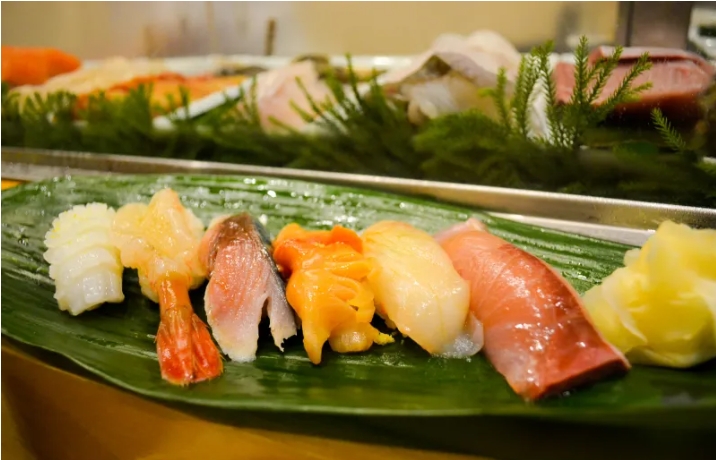
Tsukiji Fish Market is most enjoyable to visit when it is bright and early in the morning. Although many stores begin shutting as early as eleven in the morning, the outer market normally begins to bustle with activity about seven in the morning and tends to wind down by two in the afternoon. If you want to escape the big throngs of tourists and get the freshest sushi possible, you should try to come no later than nine o’clock in the morning.
You should attempt to time your departure from Tokyo Station or your hotel so that you may take advantage of the sweet spot when merchants are busily preparing their items but the market is not yet crowded with tourists. Now that you know how to go from Tokyo to Tsukiji Fish Market, you can try to time your departure more effectively.
Trying to Avoid the Busiest Times
Although there is usually a lot of activity in Tsukiji, the weekdays are often a little less busy than the weekends. There is a possibility that Saturdays may be completely packed, particularly during high travel seasons such as the cherry blossom season (which occurs from late March to early April) or the fall leaves season (which occurs in November).
If you are able to visit Tsukiji Fish Market on a weekday morning, you will not only have an easier time navigating the area while you are trying to figure out how to get there from Tokyo, but you will also be able to enjoy a more calm pace while you are browsing, eating, and exploring.
There are a lot of sushi businesses and food booths that close for vacations, Obon (which is the middle of August), and New Year’s, so if you are going to be there during these times, you should always check in advance.
There is Also the Weather
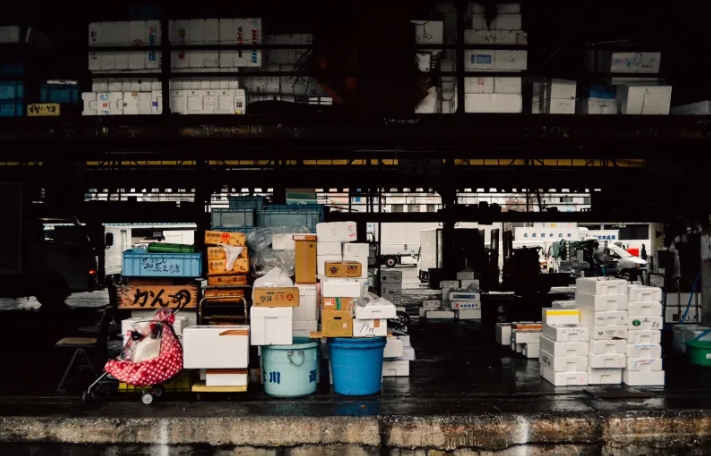
Because a significant portion of the Tsukiji outer market is open-air, the best days to visit are those that are also moderate and dry. The optimum times to visit are the early spring and the fall, when temperatures are pleasant and the sky is clear. In the event that it is raining, you should not be concerned because many of the restaurants provide inside dining. However, if you are wandering around with an umbrella, the tiny alleyways may feel even more crowded.
How to Make the Most of Your Trip to the Tsukiji Fish Market
You have already found out how to go from Tokyo to the Tsukiji Fish Market, but what should you do next? To ensure that you get the most out of your vacation, here are some insider ideas that you might employ.
1. Feeling Hungry (to the Extreme)
If you really want to save some money, you should forego breakfast at your hotel. The outside market at Tsukiji is a paradise for someone who enjoys eating. You should try as much as you can, from wagyu skewers and fresh tuna sashimi to uni-don, which are sea urchin rice bowls, and tamagoyaki, which are Japanese wrapped omelets served at a boiling hot temperature.
Hint: When it comes to food, look for huge lines of locals; this is always a hint that the most popular and freshest bits are available.
2. Please Bring Cash
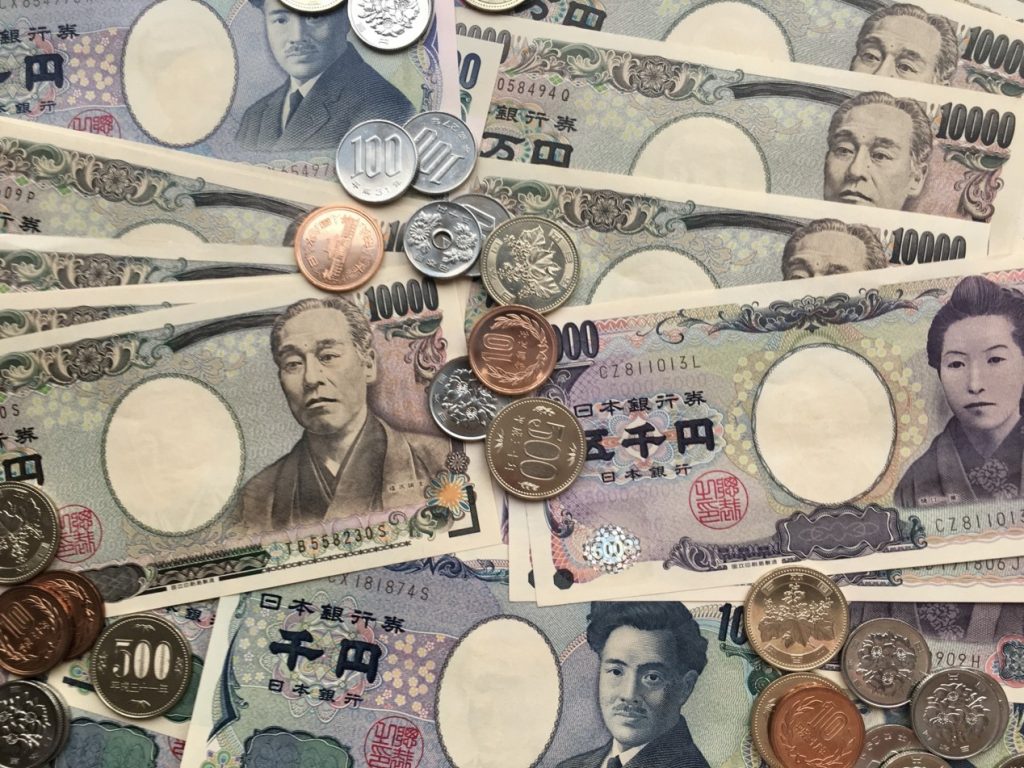
Despite the fact that Japan is growing more accepting of credit cards, a significant number of smaller stores and food carts continue to exclusively accept cash payments. Before you get on the bus or the subway and proceed to Tsukiji, you should make sure that you have brought a sufficient amount of yen in smaller denominations.
The fact that you are aware of how to go from Tokyo to Tsukiji Fish Market also implies that you are aware of the locations of ATMs along the route. At Tokyo Station, for instance, there are a number of international automated teller machines (ATMs), and there are 7-Eleven outlets located close to Tsukiji that have machines that take foreign cards.
3. Be Mindful of Your Manners
Tsukiji is not only a destination for tourists; it is also a location where people go to buy for groceries and where proprietors of restaurants go to find seafood of the highest quality. Please be considerate of the flow of foot traffic, avoid obstructing passageways that are tiny, and be sure to get permission before taking photographs of individual booths.
Also, eating while walking is considered to be a socially unacceptable behavior in Japan. Because many of the booths provide modest standing spaces or seats, you should take your time to savor your sushi or snack before going on to the next one.
4. Dress in a Manner That Is Comfortable
After you have determined how to get from Tokyo to the Tsukiji Fish Market, you should inspect your footwear to ensure that it is compatible with your plans. During the short hours that you will be on your feet, the cobblestone streets and tiny alleyways might be uneven, and you will be walking. Walking shoes that are comfortable are essential.
It is also recommended that you bring a shopping bag that can be reused because you will most likely wind up purchasing local foods, souvenirs, or even Japanese knives from the well-known department shops that sell kitchenware.
5. Investigate the Unspoken Treasures
Although the majority of tourists go to the main thoroughfares, you should take a detour along the minor streets that are less busy. Some of the most interesting discoveries, such as tea stores that date back a century or ramen booths that are hidden away, may be found just one block away from the main market.
In addition, a great many of tourists are unaware that there is a little Buddhist shrine known as the Namiyoke Inari Shrine tucked away near the perimeter of the market. It is common for locals to come here to pray for the development of their businesses and for protection from the sea; this is a wonderful cultural touchpoint that you should include in your journey.
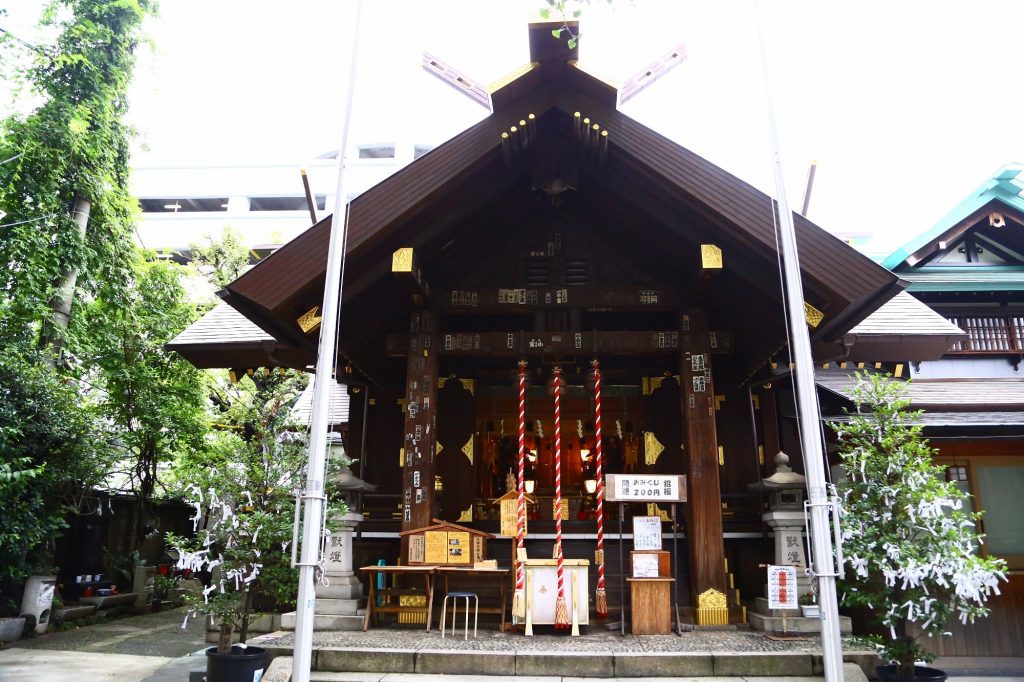
Located in Close Proximity Following Tsukiji
After you have mastered the process of traveling from Tokyo to Tsukiji Fish Market, why not continue your journey and visit other places? When it comes to exploring some of Tokyo’s most popular attractions, Tsukiji is the ideal location for a half-day or full-day excursion.
1. Ginza Shopping District
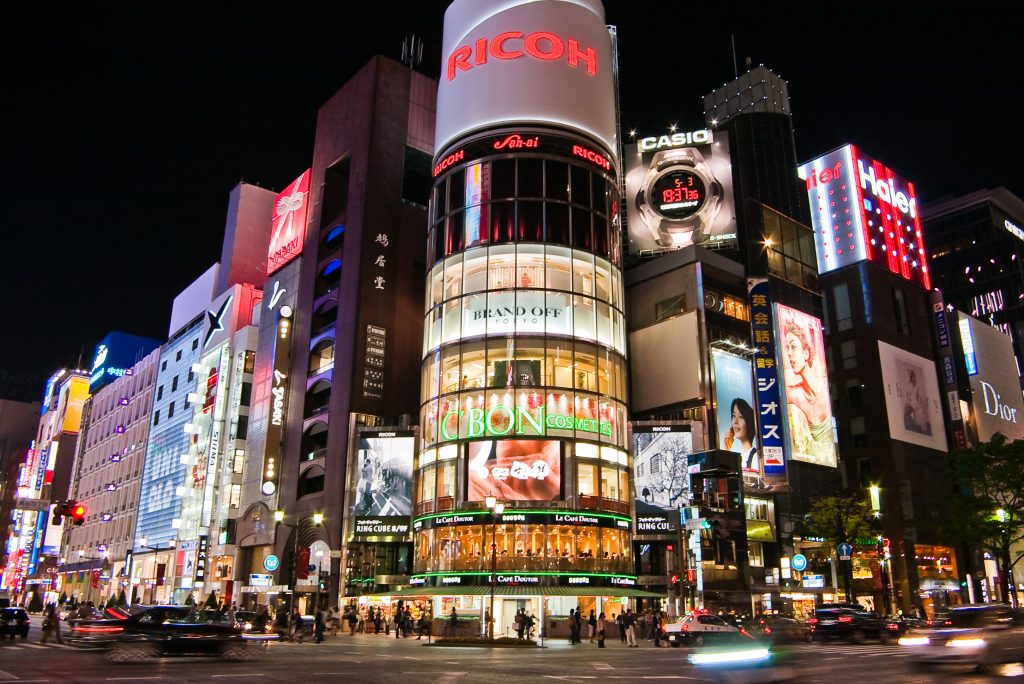
Ginza is the most premium retail district in Tokyo, and it is only a short walk (30–40 minutes) to the north. Once you have finished your meal at Tsukiji, you may next go to explore major stores such as Muji, which is the global flagship of Uniqlo, as well as designer boutiques. If you still have space for dessert, Ginza is home to a number of upscale cafés and depachika, which are premium food halls located in the basement.
Visit Ginza Six, one of the most upscale retail complexes in the region, which features rooftop gardens that provide views of the Tokyo cityscape. This is a recommendation from a travel writer.
2. The Gardens of Hamarikyu
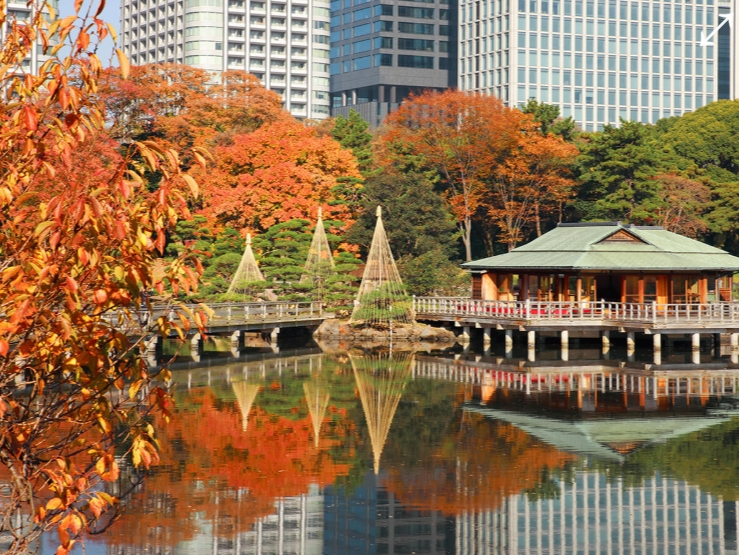
Tsukiji is located immediately to the west of this ancient Japanese garden, which can be reached on foot in around ten minutes. The tranquility of the gardens, ponds, and teahouse that have been beautifully planted provides a striking contrast to the bustling atmosphere of the fish market. During the season of cherry blossoms or in the fall, when the leaves change a golden crimson color, it is extremely visually stunning.
And indeed, you can have a cup of matcha tea while looking out over ponds full with koi; this is the epitome of peace in Tokyo.
3. A Cruise Down the Sumida River
Get on a Tokyo Water Bus and take a ride down the Sumida River from the Hamarikyu Pier, which is located close. Along this path, you will go northward toward Asakusa, which is the location of the well-known Senso-ji Temple. This boat journey is a pleasant way to digest your Tsukiji feast, and it also provides you with some of the most distinctive views of Tokyo’s cityscape.
4. The Toyosu Market (This Is Optional)
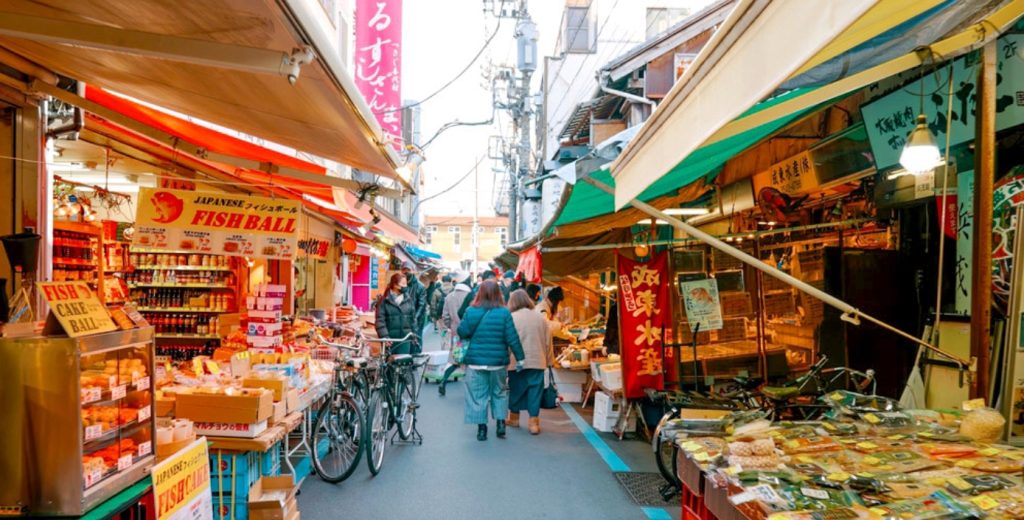
If you are interested in learning more about the location of the well-known tuna auctions, you should go to Toyosu Market, which is around fifteen to twenty minutes away from Tsukiji by rail or cab. When compared to the old-world elegance of Tsukiji, Toyosu has a more contemporary and antiseptic atmosphere; yet, it is still worthwhile to visit the enormous tuna auction area and the rooftop observation deck during your visit.
Coming to a Close: Are You Prepared for Tsukiji?
It is safe to say that you are now an expert on how to travel from Tokyo to Tsukiji Fish Market, regardless of whether you want to use the Tokyo Metro, JR trains, bus, or even walk. Though the inner market has moved to Toyosu, the appeal of Tsukiji rests not only in the amazing cuisine that it offers but also in the vibrant local culture that continues to exist despite the relocation of the market.
Prepare yourself to enter one of the most renowned restaurants in Tokyo by setting your alarm at an early hour, packing your hunger, and getting ready to set foot inside. This region of Tokyo is brimming with activities that will leave a lasting impression, whether it is savoring a bowl of fresh miso soup at a quaint market stall, taking a leisurely stroll through the neighborhood of Ginza, or sailing along the Sumida River.
Are you prepared to arrange your next destination after Tsukiji? Alternatively, are you still looking for insider information on where to discover the finest sushi breakfast? When it comes to travel, I have a lot more stories and travel secrets to share with you!

